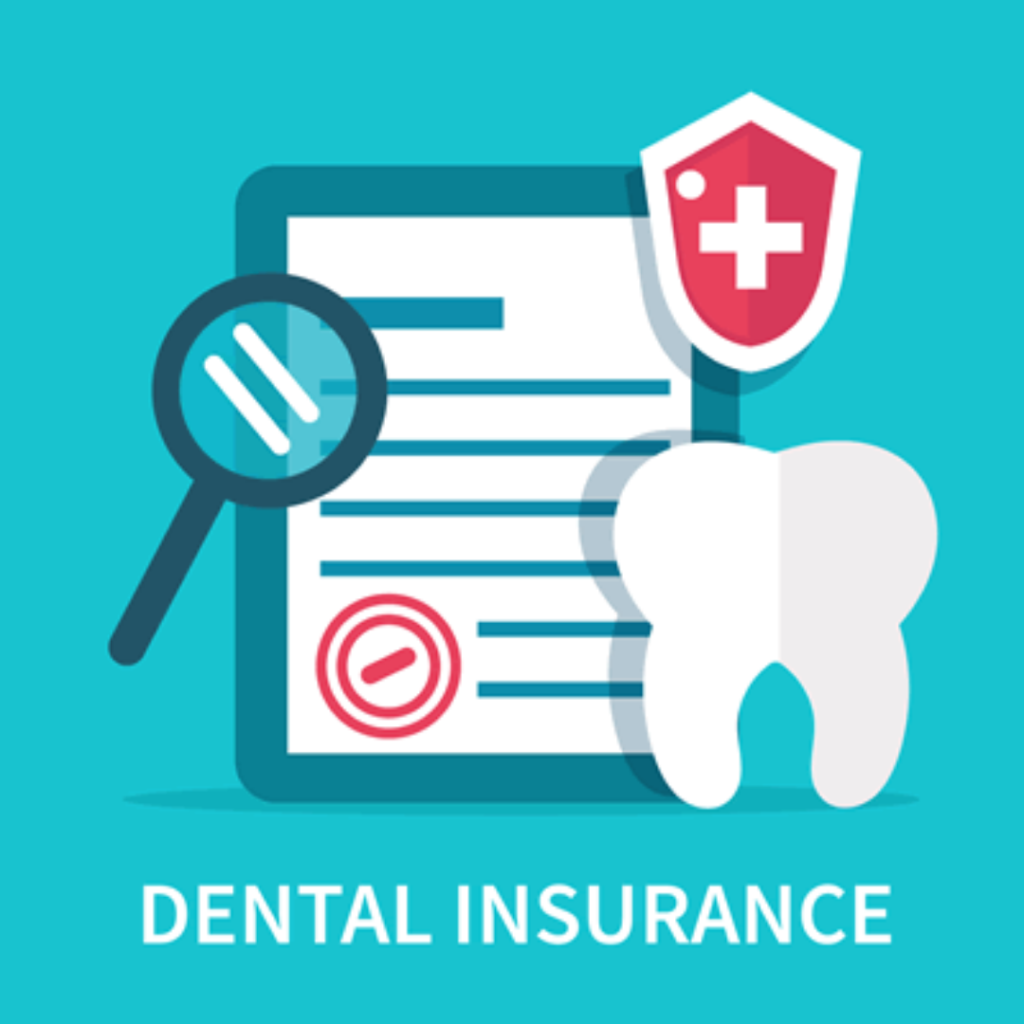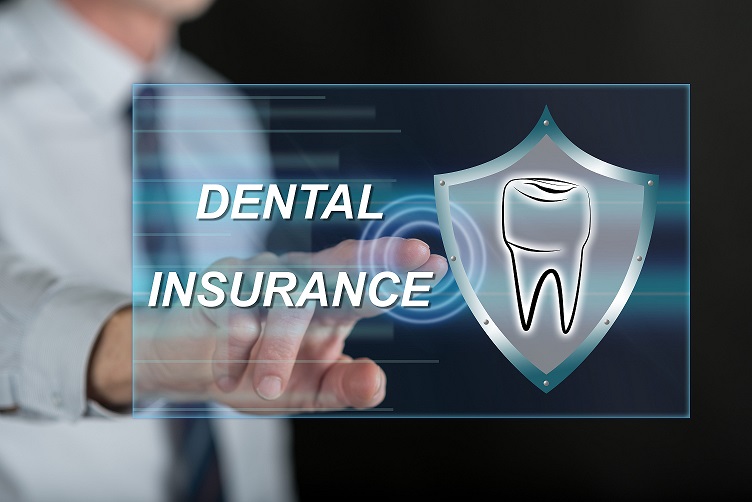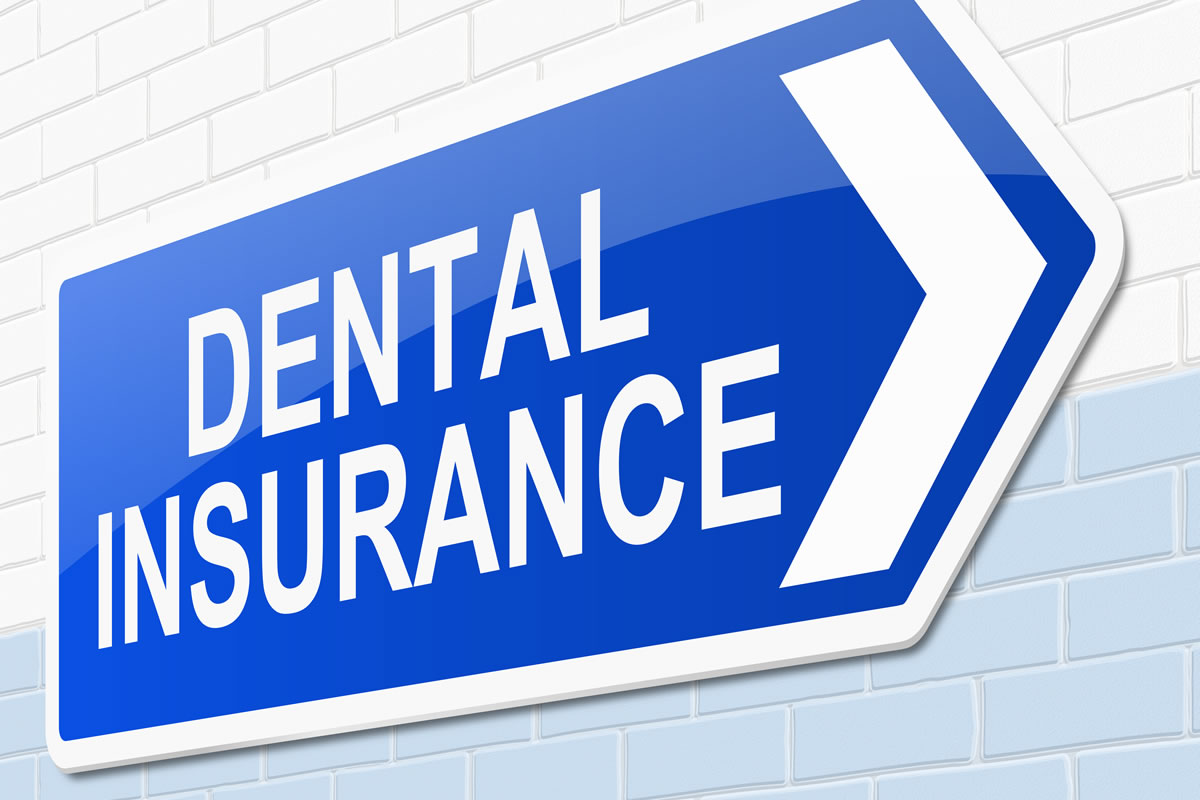Dental insurance is a crucial aspect of maintaining good oral health and financial well-being. It provides coverage for a range of dental procedures, from routine checkups to more complex treatments. Understanding the different types of plans, benefits, and costs can help you make informed decisions about your dental care.
Whether you’re seeking individual coverage, group plans, or employer-sponsored options, exploring the various features of dental insurance is essential. Factors such as coverage limits, deductibles, and copayments play a significant role in determining the overall cost and benefits of a plan.
Dental Insurance Basics

Dental insurance is a type of health insurance that helps cover the costs of dental care, such as cleanings, fillings, and more complex procedures. It can help you manage the cost of maintaining good oral health.
Types of Dental Insurance Plans
Dental insurance plans are offered in various formats, each with its own set of benefits and coverage. Understanding the different types of plans available can help you choose the best option for your needs.
- Individual Dental Insurance: This type of plan is purchased by individuals directly from an insurance company. It provides coverage for the individual and may offer a wider range of plan options compared to group plans.
- Group Dental Insurance: Group plans are often offered through employers, associations, or other organizations. They typically provide coverage to a group of people, and the premiums may be lower than individual plans due to economies of scale.
- Employer-Sponsored Dental Insurance: This type of plan is offered by employers as part of their employee benefits package. It provides coverage for employees and their dependents.
Key Features of Dental Insurance Plans
Dental insurance plans come with various features that determine the extent of coverage and the cost of premiums. Here are some of the key features to consider:
- Coverage Limits: Dental insurance plans have annual limits on the amount of coverage they provide. This means that there is a maximum amount that the plan will pay for dental care in a year.
- Deductibles: A deductible is the amount of money you have to pay out-of-pocket before your dental insurance begins to cover your dental expenses.
- Copayments: Copayments are fixed amounts that you pay for specific dental services, such as a cleaning or filling.
Benefits of Dental Insurance
Dental insurance can be a valuable investment for your oral health and financial well-being. It provides financial protection and access to essential dental care, helping you maintain a healthy smile and avoid costly dental emergencies.
Financial Benefits
Dental insurance offers significant financial benefits, especially when you need extensive dental work. It can help you save money on various dental procedures, including cleanings, fillings, crowns, and even major treatments like implants or dentures. The coverage varies depending on your insurance plan, but it typically covers a portion of the cost, reducing your out-of-pocket expenses.
Health Benefits
Beyond financial advantages, dental insurance plays a crucial role in maintaining your overall health. Regular dental checkups and cleanings are essential for preventing dental problems and detecting potential issues early on. Dental insurance often covers these preventative services, encouraging you to prioritize your oral health and catch problems before they worsen.
Situations Where Dental Insurance is Particularly Valuable
- Major Dental Work: Dental insurance can be a lifesaver when you need significant dental work, such as a root canal, crown, or bridge. These procedures can be very expensive, and insurance coverage can significantly reduce the financial burden.
- Unexpected Emergencies: Dental emergencies can happen unexpectedly, and they often require immediate attention. A chipped tooth, cracked filling, or abscess can be painful and costly to treat. Dental insurance can help cover the cost of emergency dental care, relieving financial stress during a difficult time.
- Orthodontic Treatment: Braces and other orthodontic treatments can be expensive, but dental insurance can help offset the cost. Some plans cover a portion of orthodontic treatment, making it more accessible to individuals who need it.
Choosing the Right Dental Insurance Plan

Choosing the right dental insurance plan can be a daunting task, especially with the wide array of options available. This section will guide you through the process of evaluating different plans, considering your individual needs, and making an informed decision.
Comparing Dental Insurance Plans
To make an informed choice, it’s essential to compare different dental insurance plans based on key factors like coverage, premiums, and network size. Here’s a table illustrating the comparison:
| Feature | Plan A | Plan B | Plan C |
|—|—|—|—|
| Coverage | Basic | Comprehensive | Premium |
| Annual Maximum | $1,000 | $2,000 | $3,000 |
| Deductible | $50 | $100 | $150 |
| Co-insurance | 80/20 | 70/30 | 60/40 |
| Network Size | Small | Medium | Large |
| Premium | $25/month | $35/month | $45/month |
This table provides a simplified example to illustrate the key features to consider. The actual plans and their details can vary significantly from provider to provider.
Key Considerations for Choosing a Plan
When choosing a dental insurance plan, several factors should be considered:
- Personal Dental Needs: Evaluate your current oral health status and anticipated dental needs. If you have pre-existing conditions or require extensive dental work, a plan with comprehensive coverage might be more suitable.
- Budget: Consider your monthly budget and the affordability of different premiums. Compare the costs of various plans and their benefits to find a balance that fits your financial situation.
- Preferred Dental Providers: Check if your preferred dentist is part of the plan’s network. If not, you may have to pay higher out-of-pocket costs for dental services.
Researching and Comparing Plans, Dental insurance
To research and compare dental insurance plans effectively, consider these tips:
- Start with your employer: If you have employer-sponsored dental insurance, understand the available plans and their benefits.
- Utilize online resources: Many online platforms and comparison websites provide comprehensive information about dental insurance plans from different providers.
- Contact insurance providers directly: Reach out to insurance companies to request quotes, ask questions, and clarify details about their plans.
- Read policy documents carefully: Before making a decision, thoroughly review the policy documents to understand the coverage, exclusions, and limitations.
Dental Insurance Coverage
Understanding what your dental insurance covers is crucial for making informed decisions about your oral health care. Dental insurance plans typically have different coverage levels for various procedures, and it’s essential to know what’s included and what’s not.
Types of Dental Coverage
Dental insurance plans usually categorize coverage into three main types: preventative care, basic restorative care, and major restorative care.
- Preventative Care: This category includes routine checkups, cleanings, and fluoride treatments. Most plans cover these services at 100%, encouraging regular visits to maintain good oral health.
- Basic Restorative Care: This category includes fillings, extractions, and simple procedures like root canals. Coverage for these services is typically lower than preventative care, ranging from 50% to 80% of the cost.
- Major Restorative Care: This category includes more complex procedures like crowns, bridges, and dentures. Coverage for these services is often the lowest, with plans typically covering 50% or less of the cost.
Common Dental Procedures and Coverage
Here’s a list of common dental procedures and their typical coverage levels under different dental insurance plans:
| Procedure | Preventative Care | Basic Restorative Care | Major Restorative Care |
|---|---|---|---|
| Checkups and Cleanings | 100% | N/A | N/A |
| Fluoride Treatments | 100% | N/A | N/A |
| Fillings | N/A | 50-80% | N/A |
| Extractions | N/A | 50-80% | N/A |
| Root Canals | N/A | 50-80% | N/A |
| Crowns | N/A | N/A | 50% or less |
| Bridges | N/A | N/A | 50% or less |
| Dentures | N/A | N/A | 50% or less |
Limitations of Dental Insurance Coverage
While dental insurance can significantly reduce the cost of dental care, it’s important to be aware of its limitations.
- Exclusions: Most dental insurance plans have exclusions, which are services not covered. These can include cosmetic procedures like teeth whitening, implants, and orthodontics unless specifically included in the plan.
- Waiting Periods: Some plans have waiting periods before certain services are covered. This means you may need to wait a specified period, typically 6 to 12 months, before receiving coverage for major procedures.
- Annual Maximums: Dental insurance plans often have annual maximums, which is the total amount they will pay for covered services in a year. Once you reach this limit, you’ll be responsible for the remaining costs.
- Deductibles: Some plans have deductibles, which is the amount you must pay out-of-pocket before your insurance starts covering costs. Deductibles can vary depending on the plan.
- Co-pays: Many plans require co-pays, which are fixed amounts you pay for each service, even after meeting your deductible. Co-pays can range from a few dollars to several hundred dollars depending on the service.
Dental Insurance and Oral Health

Dental insurance plays a crucial role in promoting good oral health. It incentivizes regular dental checkups and cleanings, leading to early detection and treatment of potential issues, ultimately helping to prevent costly dental problems in the future.
The Link Between Dental Insurance and Preventive Oral Healthcare
Dental insurance encourages individuals to prioritize preventive dental care by covering the costs of regular checkups, cleanings, and dental X-rays. These routine procedures are essential for maintaining good oral health and detecting potential issues early on. Early detection and treatment of dental problems are significantly less expensive and less invasive than waiting for problems to worsen.
Dental Insurance and Regular Dental Checkups and Cleanings
Dental insurance typically covers a significant portion of the costs associated with regular dental checkups and cleanings, making it more affordable for individuals to prioritize preventive care. This coverage incentivizes individuals to visit their dentists regularly, allowing for early detection of potential problems like cavities, gum disease, and oral cancer.
Dental Insurance and Prevention of Costly Dental Problems
Dental insurance can help prevent costly dental problems by encouraging regular checkups and early intervention. By covering the costs of preventive care, dental insurance helps individuals avoid the need for more expensive and complex treatments, such as root canals, crowns, or extractions.
Dental Insurance Trends and Innovations
The dental insurance landscape is constantly evolving, driven by technological advancements, changing consumer preferences, and a growing emphasis on preventive care. These trends are shaping the way dental insurance is offered, accessed, and utilized, impacting both insurance providers and policyholders.
Telehealth Dentistry
Telehealth dentistry, also known as teledentistry, is rapidly gaining popularity, offering patients convenient and accessible dental care through virtual consultations and remote monitoring. This trend is fueled by the increasing demand for convenient healthcare options and the growing adoption of technology in the medical field.
- Virtual Consultations: Patients can consult with dentists remotely via video conferencing for initial assessments, second opinions, and follow-up appointments. This eliminates the need for physical visits, especially for non-emergency situations.
- Remote Monitoring: Some dental insurance plans now incorporate remote monitoring devices, allowing patients to track their oral health metrics, such as plaque buildup and gum health, and share data with their dentists for proactive care.
- Increased Accessibility: Telehealth dentistry expands access to dental care for individuals in remote areas or with limited mobility, bridging the gap in healthcare disparities.
Dental Insurance Marketplaces
Dental insurance marketplaces are online platforms that allow individuals and families to compare and purchase dental insurance plans from multiple providers. These marketplaces simplify the process of finding suitable coverage, offering transparency and choice to consumers.
- Streamlined Comparison: Marketplaces provide a centralized platform for comparing different dental insurance plans based on factors such as coverage, premiums, and deductibles, enabling informed decision-making.
- Increased Competition: The presence of multiple providers on these marketplaces fosters competition, potentially leading to more affordable premiums and better coverage options for consumers.
- Personalized Recommendations: Some marketplaces use algorithms to personalize recommendations based on individual needs and preferences, further simplifying the selection process.
Technological Advancements in Dental Insurance
Technological advancements are transforming the dental insurance industry, impacting coverage, claims processing, and patient engagement.
- Artificial Intelligence (AI): AI is being used to analyze dental claims data, identify patterns, and predict future trends, enabling insurers to optimize coverage and pricing strategies.
- Blockchain Technology: Blockchain technology offers secure and transparent record-keeping for dental claims, streamlining the verification and processing of claims while reducing fraud.
- Digital Platforms: Dental insurance providers are increasingly utilizing digital platforms for policy management, online claims submission, and real-time status updates, enhancing the customer experience.
Innovative Dental Insurance Products and Services
Dental insurance providers are developing innovative products and services to cater to the evolving needs of consumers and address emerging trends in oral healthcare.
- Preventive Care Programs: Some insurers offer programs that incentivize preventive dental care, such as regular checkups and cleanings, through discounts or reimbursements, promoting early detection and intervention.
- Dental Wellness Apps: These apps provide personalized oral health guidance, tracking tools, and reminders, empowering patients to take charge of their oral hygiene and potentially reducing the need for expensive treatments.
- Flexible Payment Options: Many insurers now offer flexible payment options, such as monthly installments or payment plans, to make dental insurance more accessible and affordable.
Conclusive Thoughts
In conclusion, dental insurance plays a vital role in ensuring affordable access to quality dental care. By carefully considering your needs, budget, and coverage options, you can find a plan that provides the protection and financial support you require. Remember, preventative care is key to maintaining good oral health, and dental insurance can help you stay on top of your dental needs.
Dental insurance can be a valuable asset, especially for those pursuing demanding graduate programs. If you’re considering a graduate degree at the University of Michigan, you might want to check out their graduate programs here to see if they offer any dental insurance benefits.
Whether you’re studying medicine or engineering, maintaining good oral health is crucial for overall well-being, and dental insurance can help ease the financial burden of necessary care.